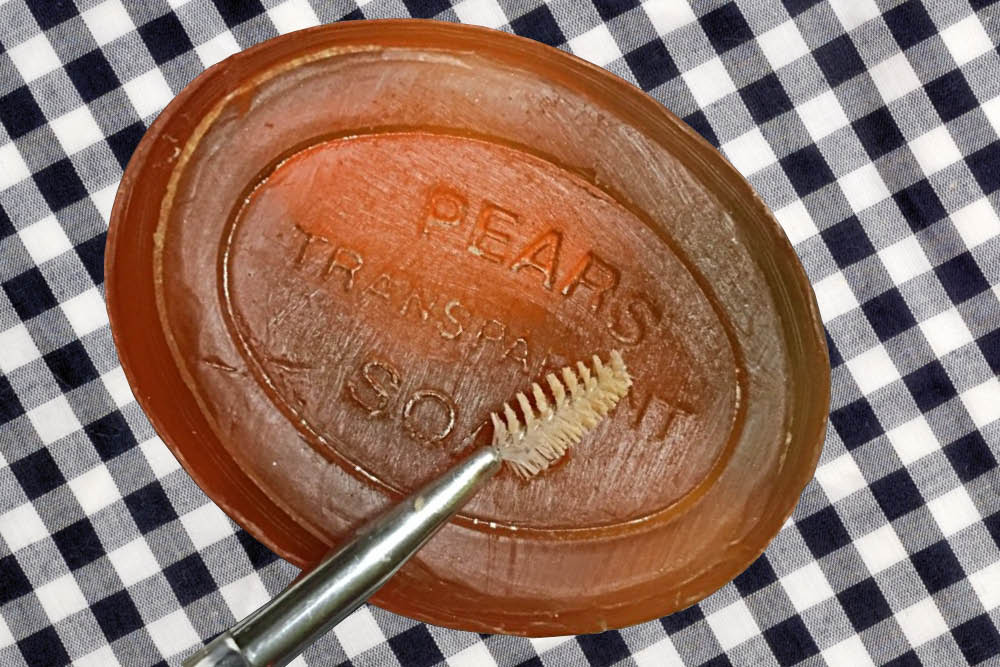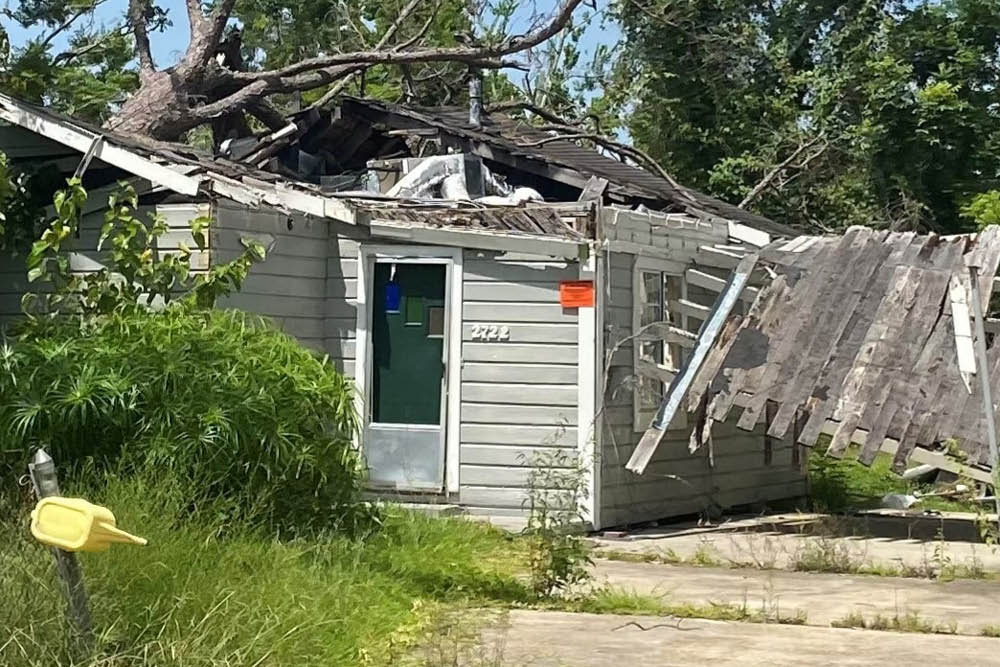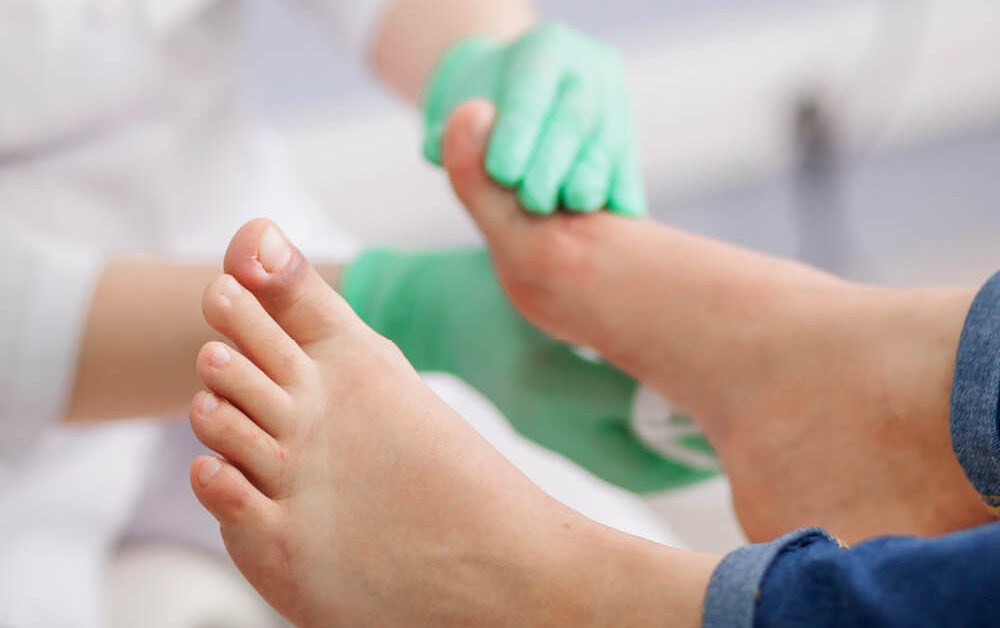
Soap Brows
August 2021
Help SWLA Now Campaign
August 2021by Christine Fisher
The body is a complex system that is usually capable of healing itself when injured, but there are times when wounds simply won’t heal. Factors such as advanced age, poor circulation, diabetes, and other conditions can interfere with the healing process. This can lead to serious complications, including extensive infection and even amputation.
“Wounds usually improve within 30 days on their own in most people; in some cases it can take longer,” says Andrew Davies, MD, family medicine physician with the Wound Healing Center of West Calcasieu Cameron Hospital. “When the wound doesn’t show signs of improvement after five to eight weeks while following the doctor’s care plan, then it’s time to seek qualified wound healing treatment.”
Non-healing wounds can become a major health risk, especially for older adults and those who have additional health concerns. That’s why a coordinated effort to evaluate and treat wounds is so important.
The wound could be as simple as a blister, a scrape, a cut or something more severe. Dr. Davies says that many non-healing wounds are located on the feet. “Diabetics often have trouble with wound healing due to circulation problems. Their wound might originate from a problem with a toenail, or from stepping on a sharp object. Once the wound occurs in someone with circulatory problems, it can be difficult to heal on its own.”
Nearly seven million Americans have non-healing wounds, according to the National Institutes of Health. While non-healing wounds can occur at any age, they are typically found in older adults who are dealing with other health issues. As the population continues to age, the number of non-healing wounds will continue to increase.
During the initial evaluation for treatment of a non-healing wound, the wound care representative will get to know the patient, their health history, and find out when the wound was discovered and how it might have occurred. Determining the cause of the wound can help provide the best treatment for healing.
“An individualized treatment plan is created for each patient, but as a general rule, we remove the dead tissue and use special dressings, medications, as well as education and home care,” says Dr. Davies. “All of this is tailored to the individual patient and their health condition.”
A hyperbaric chamber, located within WCCH’s Wound Healing Center, is another tool in the arsenal for promoting wound healing. In a hyperbaric chamber, the air pressure is increased two to three times higher than normal air pressure, allowing more oxygen to reach damaged tissue and promote healing.
“When tissue is injured, it requires even more oxygen to survive,” explains Dr. Davies. “With repeated treatments, the higher oxygen levels encourage wounds to heal.”
The Wound Care Center recently moved into the Community Health Center, located on the campus of West Calcasieu Cameron Hospital.
“Having a complete wound healing center here at WCCH allows people in Southwest Louisiana, particularly in West Calcasieu parish and East Texas, to access state-of-the-art wound healing technology,” explains Dr. Davies. “It makes a tremendous difference in one’s quality of life and their level of health to have a wound finally heal.”
In most cases, Medicare, Medicaid and most insurance plans cover treatments, and patients do not need a referral from a physician. For more information, call the Wound Healing Center of WCCH at (337) 528-4708. It is located within the Community Health Center at 703 Cypress Street, Suite A in Sulphur.






